






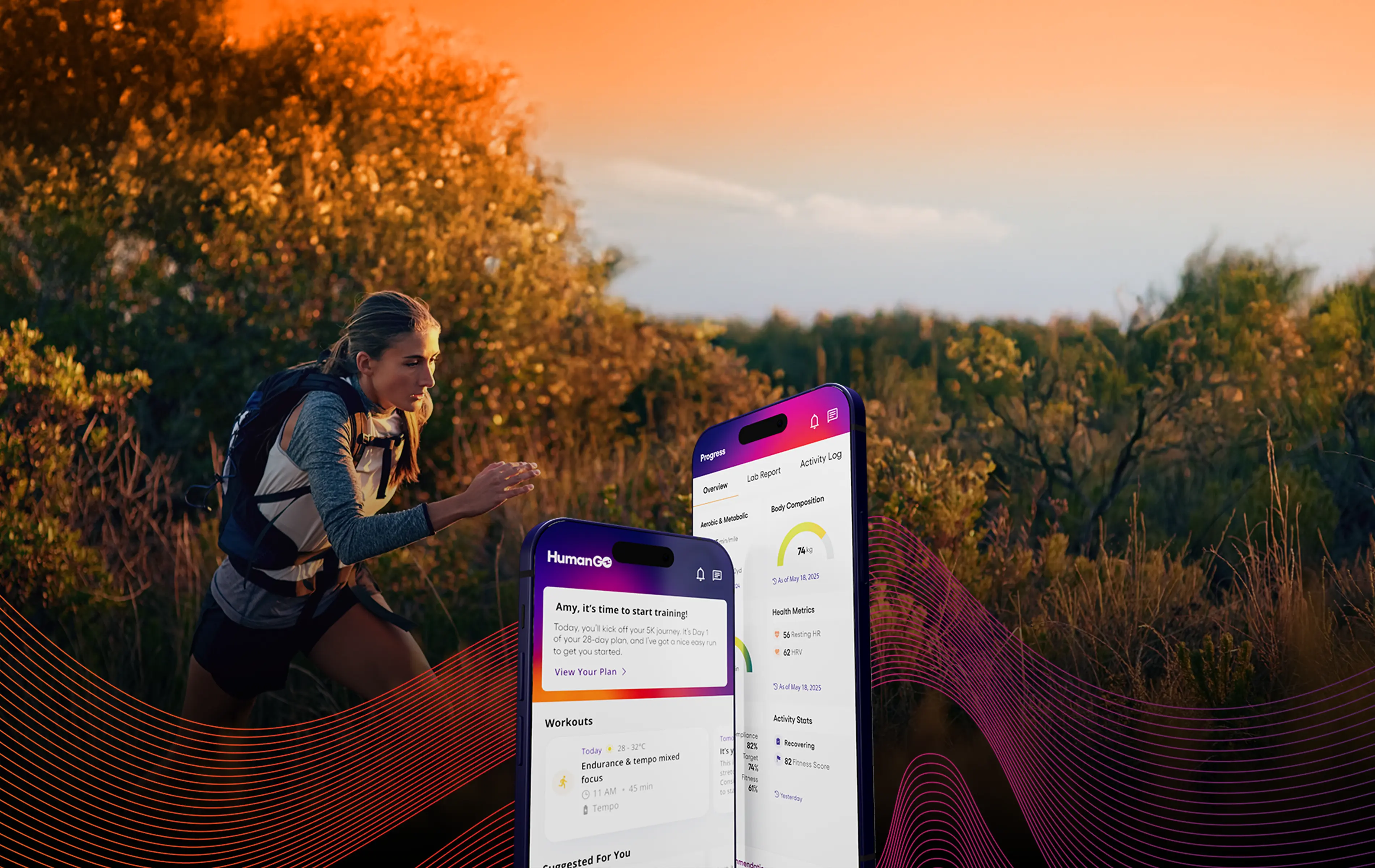
HOLIDAY OFFER 30% OFF - CLICK HERE!
HumanGO: The AI-Powered Training App
Your Goals, Your Life, Your Plan: Experience Hyper-Personalized Training With HumanGO™
Adaptive Training Plans That Work Around Your
Schedule — Not The Other Way Around
Adaptive Training Plans That Work Around Your
Schedule — Not The Other Way Around
Why thousands of athletes and counting have tried HumanGO
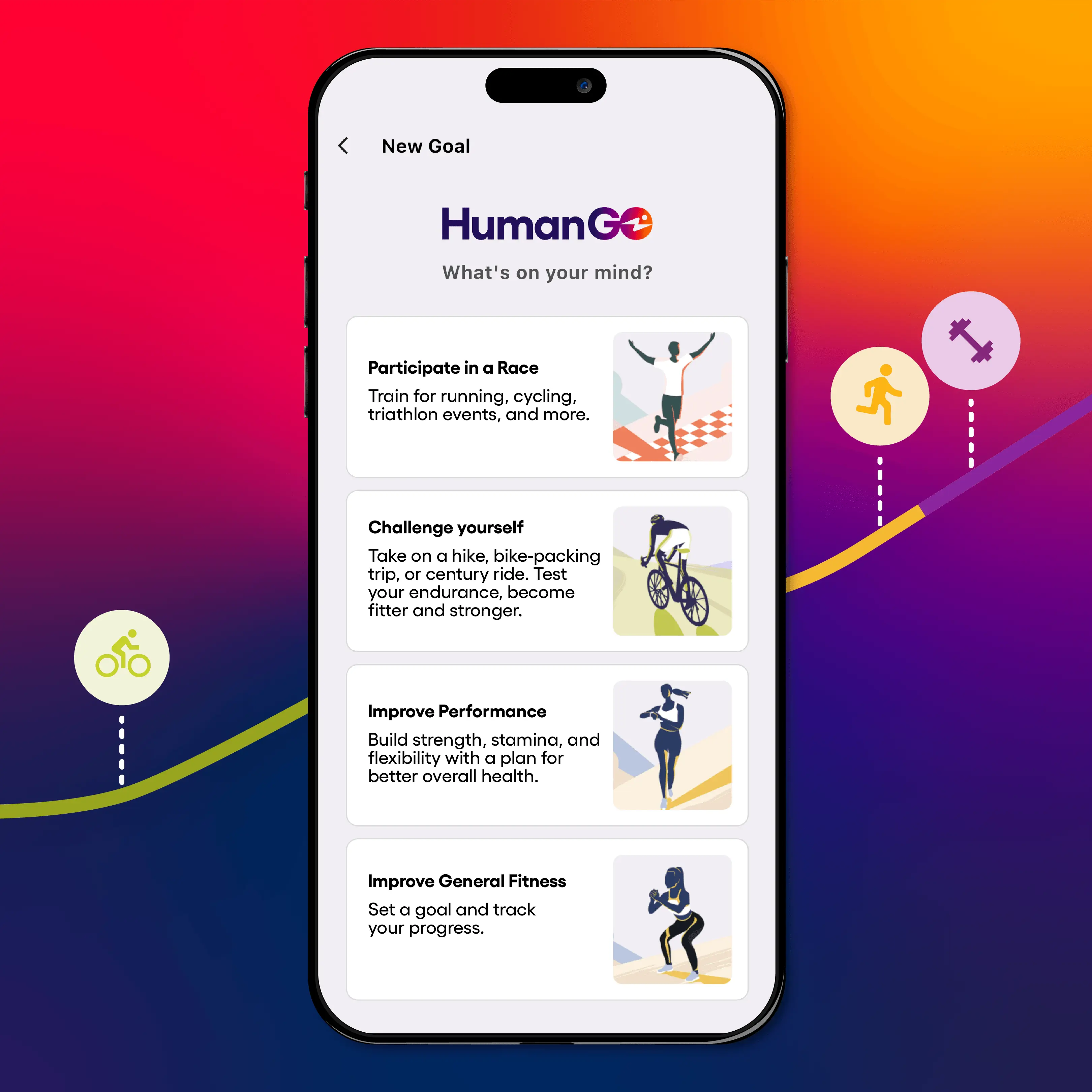
Set your goals

Track your progress

Set your weekly availability

Connect your wearable devices

Make progress on key goals and races

Hyper-personalized adaptive training plans
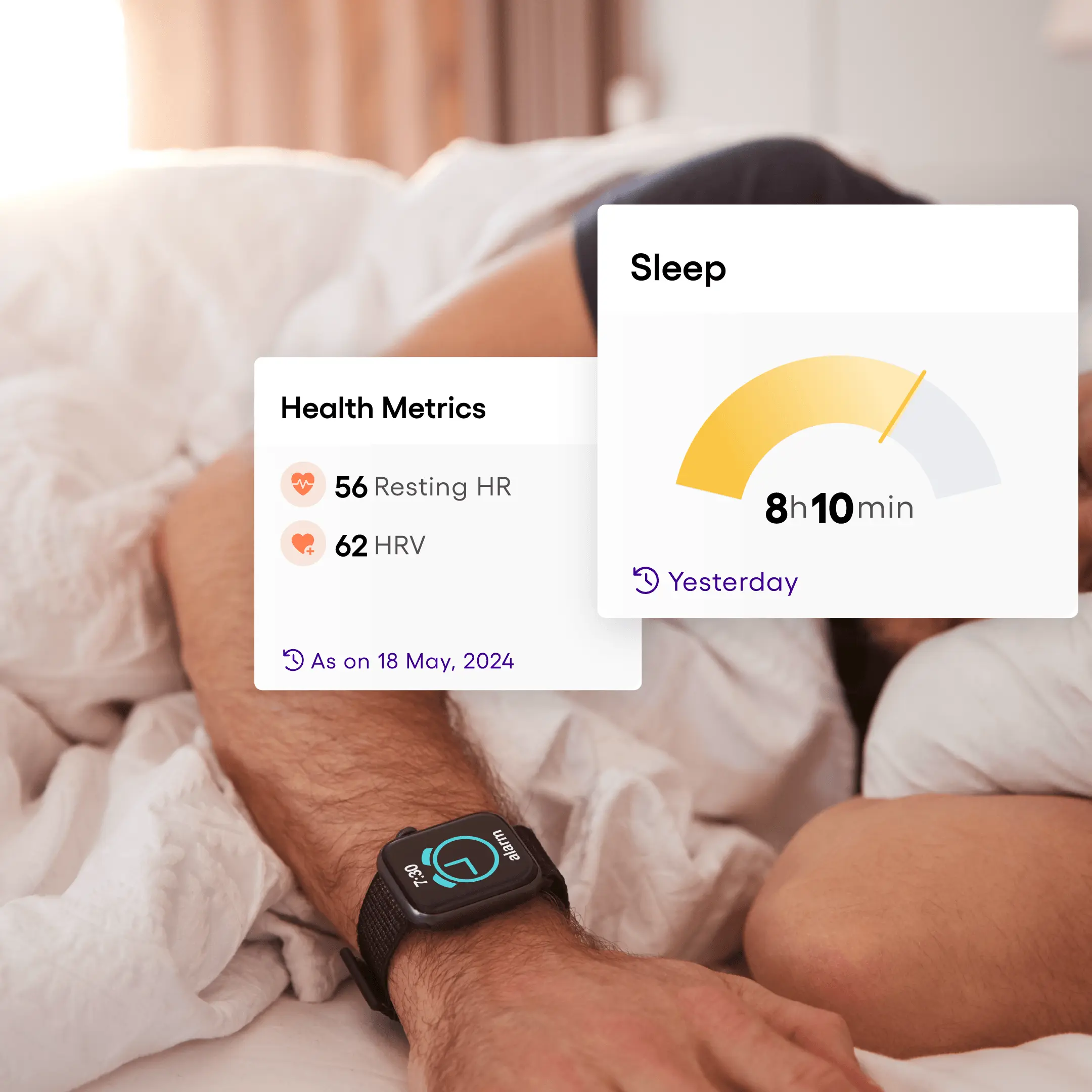
Monitor key health metrics

Predict your fitness
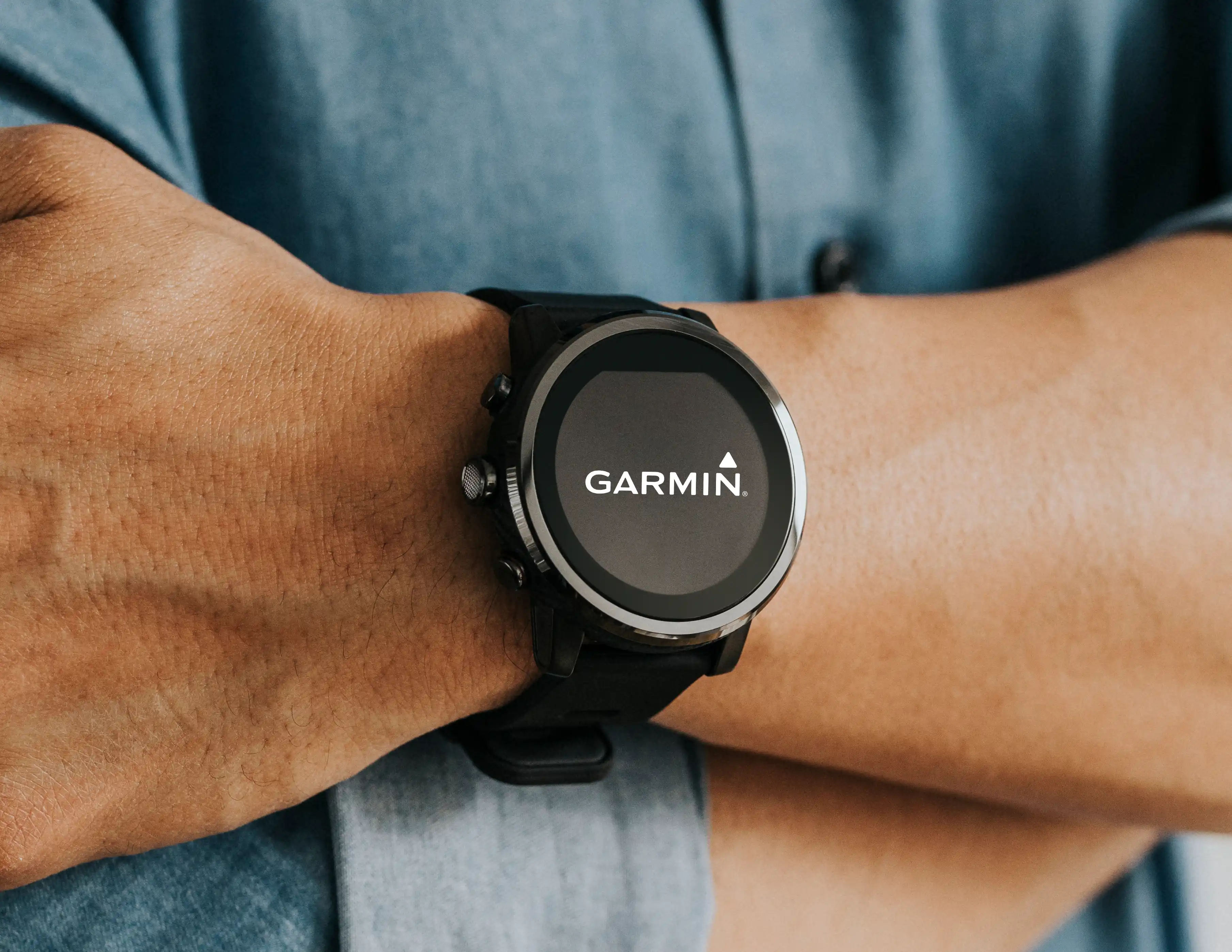
Connect your wearables & integrate training tools
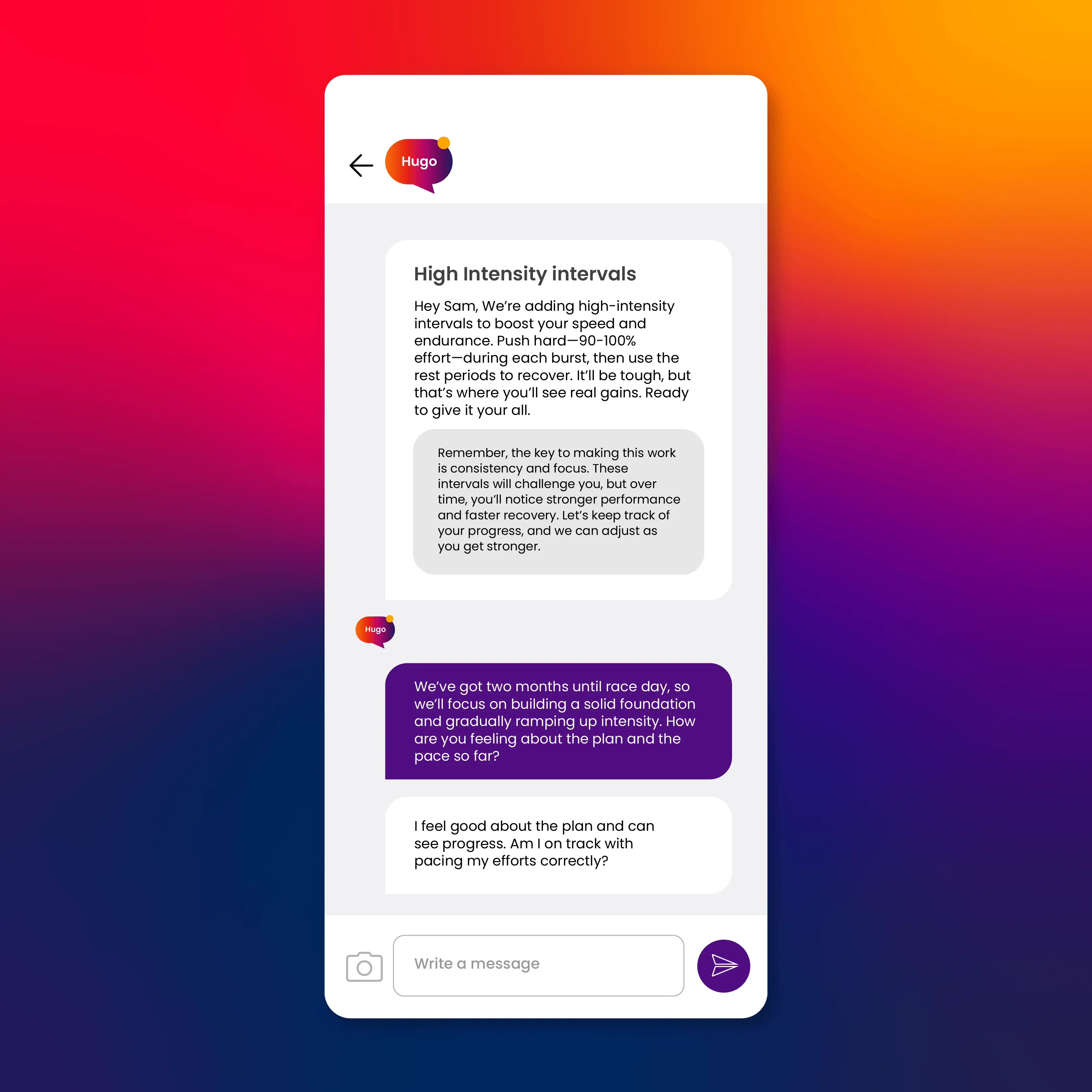
Get instant feedback and guidance

Stay on top of fatigue
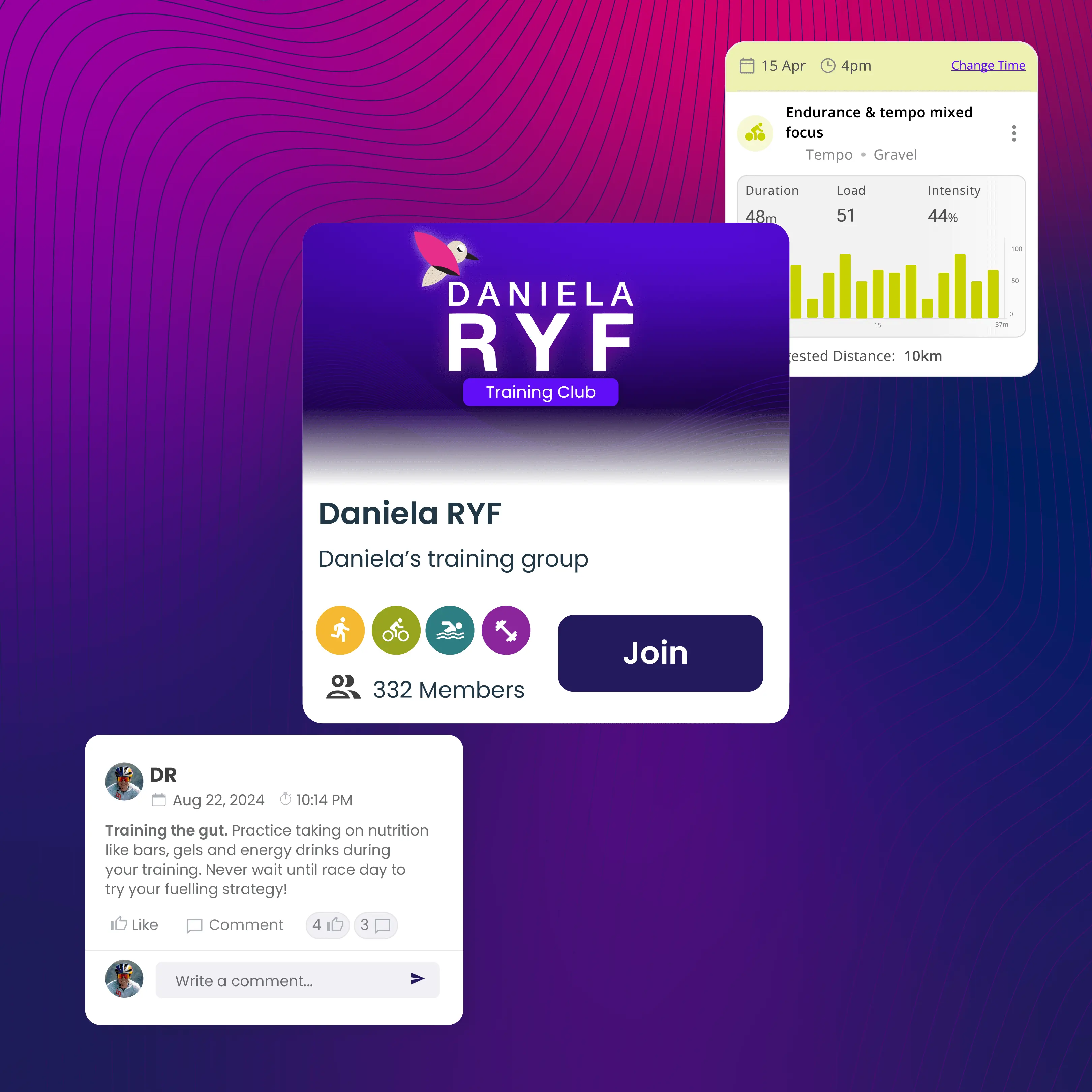
Join groups

I thought I'd experimented with just about every training method available, but HumanGO—and particularly Hugo, the AI coach—has taken things to a new level. HumanGO doesn’t just give solid training plans that adapt to my schedule, time availability and travels; Hugo knows when I'm slacking off and has a knack for calling me out on it and adapting my training according to my state.
Hugo and I engage in some 'lively debates’ which is pretty funny. I enjoy challenging him on the science behind his recommendations and where those are coming from, and he comes back with spot-on data to prove the point and provide specific advice. It’s like having that one coach who’s always right—but thankfully he doesn’t have a whistle or yell at me at 6 a.m!
For anyone serious about their training, and wanting a coaching solution that fits a busy schedule, HumanGO is like having a coach, a scientist, and a trusty workout partner all rolled into one. I highly recommend giving it a go.
Zibi Szlufcik, Chairman Of The Board, Challenge Family
"HumanGO offers a great visual dashboard with helpful feedback emphasizing performance and recovery"
-Nicki P
"I love being able to view my feedback from Hugo post workout as well as a preview of tomorrow's training session"
-Jean G
"With HumanGO, I no longer have to go through the mental process of creating plans since the training automatically fits my schedule"
-Billy R
"With HumanGO's strength training, I'm finally running knee-pain free! HumanGO is the ultimate training plan, in your pocket"
-Bethany T

Lance Watson
Olympic Coach
I've coached countless athletes, and I can confidently say that HumanGO is a game-changer. Its adaptive training plans and personalized insights help athletes not only finish the race but perform at their best. With HumanGO, you're not just training; you're transforming into a triathlon champion.

Pav Bryan
Cycling Coach
HumanGO is the final big step in making effective training accessible to everyone. No other platform creates an individualized plan that constantly evolves according to goal events, availability, and training performance. It is like having a coach in your pocket.

przemek
Athlete
Finished on May 26th my first sprint triathlon with 1:33:09, now on Aug 5th I'm planning to beat this and achieve 1:10:00. Next one would be either Olympic distance in Sep 3rd or half distance 70.3 spring 2024 working 9-5 with business trips included - some trainings to be done in other EU countries





